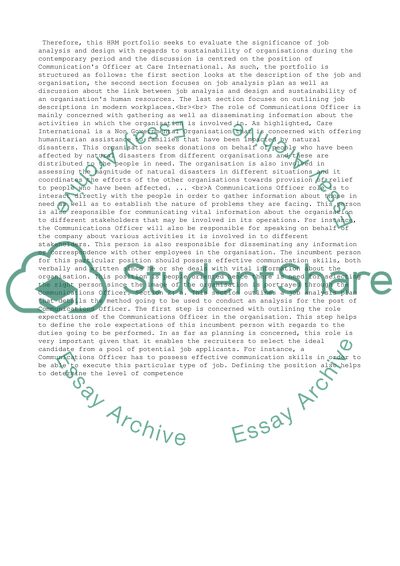Cite this document
(“Humen resource management. Communications Officer at Care Essay”, n.d.)
Retrieved from https://studentshare.org/management/1397545-humen-resource-management-communications-officer-at-care-international
Retrieved from https://studentshare.org/management/1397545-humen-resource-management-communications-officer-at-care-international
(Humen Resource Management. Communications Officer at Care Essay)
https://studentshare.org/management/1397545-humen-resource-management-communications-officer-at-care-international.
https://studentshare.org/management/1397545-humen-resource-management-communications-officer-at-care-international.
“Humen Resource Management. Communications Officer at Care Essay”, n.d. https://studentshare.org/management/1397545-humen-resource-management-communications-officer-at-care-international.


